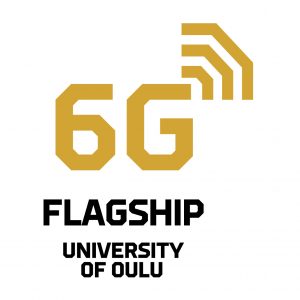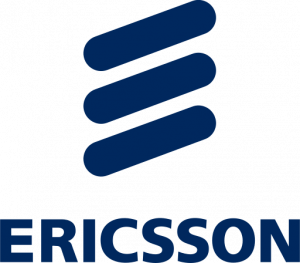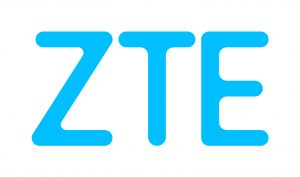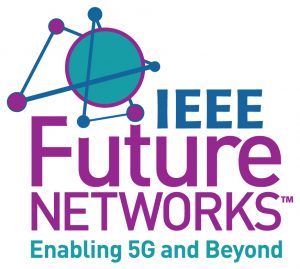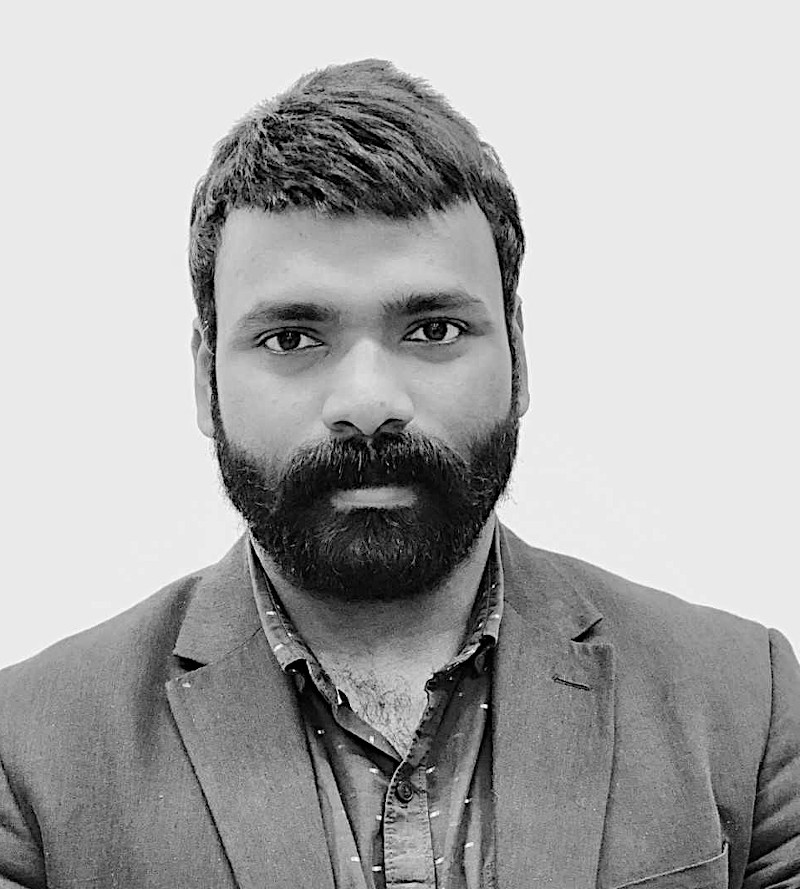
Received the Graduate degree in Electronics Science from Mahatma Gandhi University, Kottayam, India, in 2003. He received the Master’s degree in Robotics from Cochin University of Science and Technology, Cochin, India, in 2005 and the Ph.D. degree in electronics and optronics systems from Université de Paris Est Marne La Vallée, France, in July 2009. He received the UGCRFSMS fellowship for meritorious students from Indian government and EGIDE Eiffel grant for excellence from the French research ministry in 2006 and 2008, respectively. He completed his postdoctoral training at the University of Rennes 1, IETR during 2009 to 2011. Since 2011, he has been working as a Senior Researcher at Uppsala University, Sweden. In February 2016, he was appointed Docent (Associate Professor) in microwave technology at Uppsala University. Since March 2019 he is visiting professor at Beijing Institute of Nanoenergy and Nanosystems (BINN), Beijing. He became University Lecturer in Medical Engineering in January 2020, in the Solid State Electronics Division at the Department of Electrical Engineering, Uppsala University. He is the Swedish PI of the Eureka Eurostars project COMFORT and Indo-Swedish Vinnova-DST funded project BDAS. He was granted the Swedish Research Council (VR) fellowship for his project Osteodiagnosis. He is also WP leader of the H2020 project SINTEC and Co-PI of the framework project LifeSec from Swedish Strategic Foundation (SSF). He is responsible for the lead technical development in the Eurostars project SenseBurn. He is leading the Microwaves in Medical Engineering Group (MMG) at the Solid State Electronics Division, Uppsala University. He is currently the head of the Microwaves in Medical Engineering Group at the division of Solid State Electronics, Uppsala University. He is author or co-author of more than 150 publications including journals and conferences in the field of sensors, microwave antennas, clinical data collection, bioelectromagnetics and material characterization. He is a member of the editorial board for the IET Electronics Letters and the Medical Research and Innovation Journal. He has an h-index of 18 and over 1100 citations (Google Scholar, January 2020). His current research field includes the design of wearable antennas, Bionics, Industrial Robotics, BMD sensors, electrophysiological sensors, dielectric characterization, intra-body area networks, bioelectromagnetism and minimally invasive diagnostics.
New Generations of Wireless and Their Impact on Measurement
Real time monitoring, drug delivery, physiological sensing and prediction require network of implanted devices. These networks inherently demand wireless connectivity inside human body thus being unobtrusive to all vital bodily functions. In the present day scenario such a network can be realized through Intra body communication (IBC) which has been researched extensively during decades. A majority of intra body, more specifically human body centric (HBC) communication modalities namely galvanic, capacitive and inductive methods are limited by their capacity to connect multitude of devices and low band width, hence lower data rates. Radio frequency communication has been regarded until recently as an improbable candidate for extensive HBC applications. In 2019 November, Dr. Noor Badariah Asan from the Microwaves in Medical Engineering Group, Uppsala University, Sweden published her PhD thesis [1] on the potential of fat tissue as a propagation medium for Microwave (R-band, over 1 GHz bandwidth) signals inside the body with significantly low loss (2dB/cm). The technique of guiding microwave signals in the fat layer was named as Fat-Intra Body communication (Fat-IBC). From human anatomy it can be seen that the fat tissue is sandwiched between denser tissues such as skin and muscle. Fat by virtue of its very low water content has low permittivity and losses while muscle and skin have an order of magnitude higher permittivity and losses several folds larger than of fat. The three-layer wave guiding structure thus created can be utilized to transmit microwave signals at ISM frequencies. Microwave Fat-IBC with 1 GHz and more bandwidth pushes further the current limits in intra-body data transfer. Fat-IBC will help us in creating a 6G ready in-body wireless network platform with higher data rates (estimated to provide Gbps speeds) and enabling better power management to ensure longer life for batteries in implanted devices. Fat-IBC can set a new paradigm in the development of Bionic extremities which require high volume electrophysiological data transfer inside body, wirelessly.
Hits: 197

